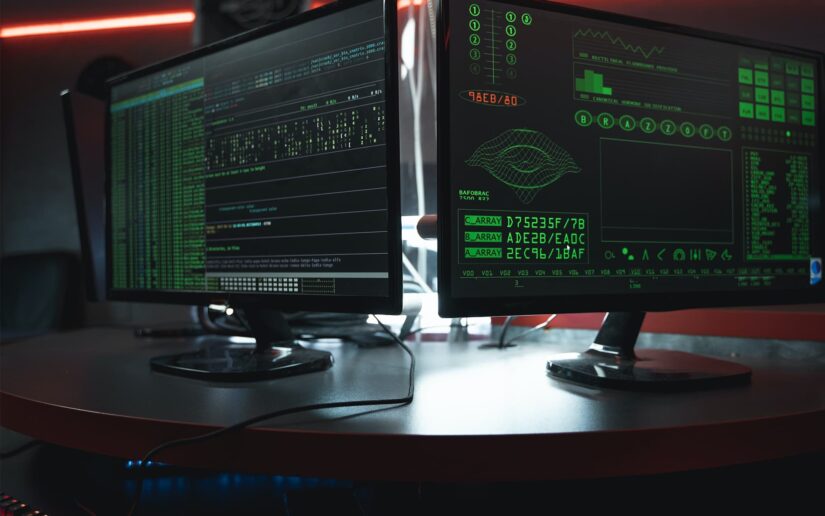Software + hardware: new computers
There are a number of promising platforms in the pipeline that could soon move into the development stage, as they combine the latest developments in software and hardware. And while these platforms may look different or come in different flavors, they have one thing in common: using the latest advanced smart virtualization capabilities. Let’s take a look at some of these platforms:
Cars. Large information technology companies like Google, Apple, Uber, and Tesla are investing heavily in the development of autonomous or unmanned cars. Tesla Model S semi-autonomous cars are already on the market and updated and more advanced models are expected to be released soon. Creating a fully autonomous car will take some time, but there is reason to believe that the wait will not be more than five years. In fact, there are already developments of fully autonomous cars that drive just as well as human-driven cars. However, due to many cultural and regulatory considerations, such vehicles must perform much better than human-driven vehicles to be allowed for widespread use.
Undoubtedly, the amount of investment in unmanned vehicles is only going to increase. In addition to information technology companies, major car manufacturers have also started thinking about autonomy. Many more interesting startup products await us. Deep learning software tools have become so effective that today a single developer can make a semi-autonomous car.
Drones. Modern drones are packed with the latest technology (mostly smartphone components and mechanical parts), but have relatively simple software. Soon there will be advanced models equipped with computer vision and other types of AI, making them safer, easier to control, and more useful. Drone photography and videography will be popular not only among amateurs but, more importantly, will find commercial applications. In addition, there are many dangerous jobs, including high-altitude work, for which it would be much safer to use drones.
Internet of Things. The most basic advantages of IoT devices are their energy efficiency, safety and convenience. Nest and Dropcam products are good examples of the first two characteristics. In terms of convenience, Amazon’s Echo device is worth considering.
Most people assume that Echo is just another marketing gimmick, but once they’ve used it at least once, they’re surprised at how convenient it is. It brilliantly demonstrates the effectiveness of voice control as the foundation of the user interface. Of course, it will be a while before we see robots with universal intelligence that can hold a full conversation. But as Echo shows, computers are already capable of handling more or less complex voice commands. As the deep learning method improves, computers will learn to understand language better.
Internet of Things devices will also find applications in the business segment. For example, devices with sensors and network connectivity are widely used for operational control of industrial equipment.
Wearable technology. Today, the functionality of wearable computers varies depending on a number of factors: battery capacity, communication and data processing. The most successful devices usually have a very narrow scope of application: for example, fitness tracking. As hardware components improve, wearable devices will, like smartphones, expand their functionality, opening up opportunities for new applications. As with the Internet of Things, voice is expected to become the primary user interface for controlling wearable devices.
